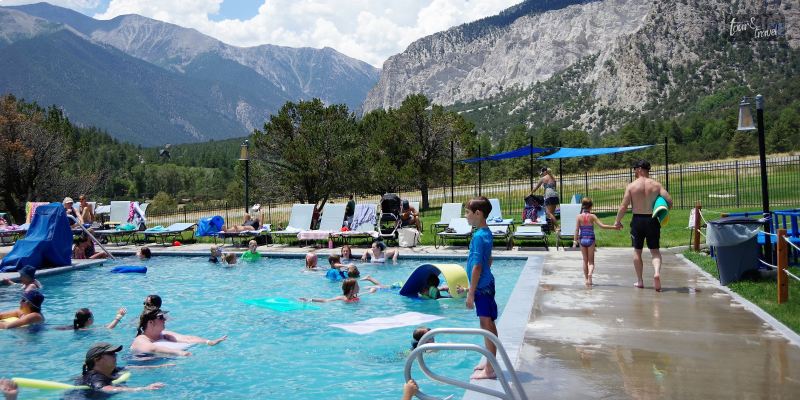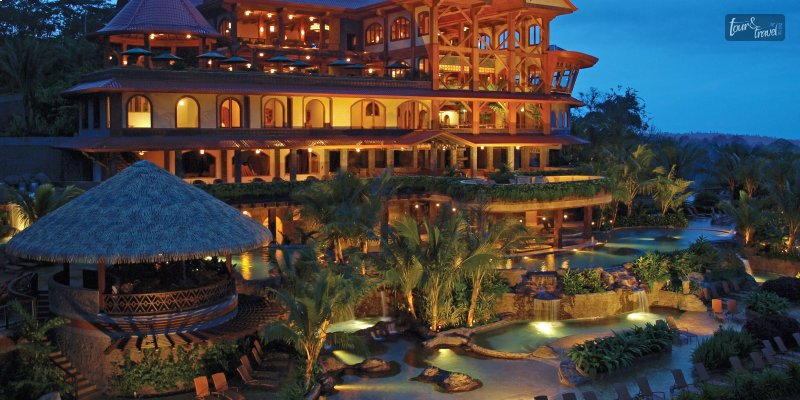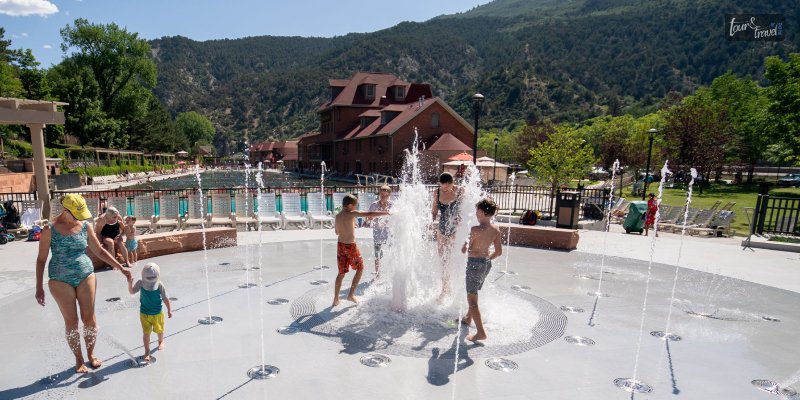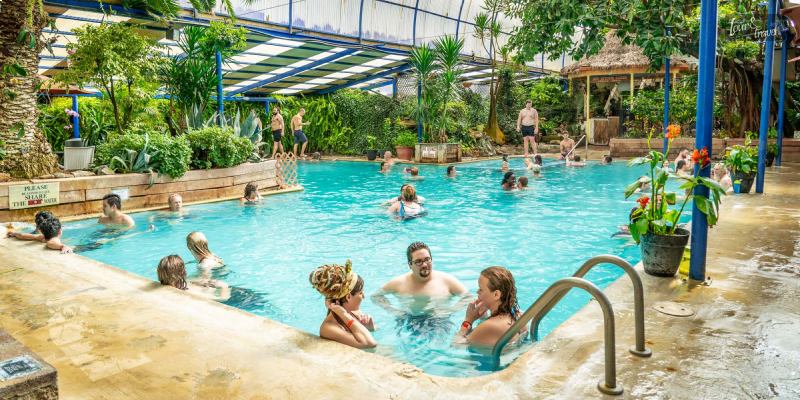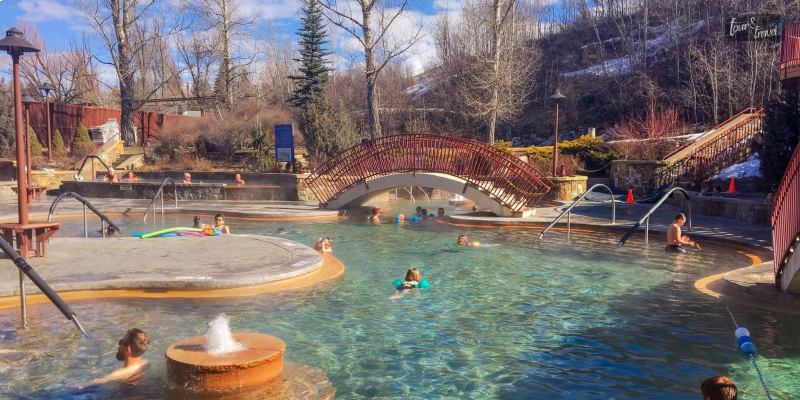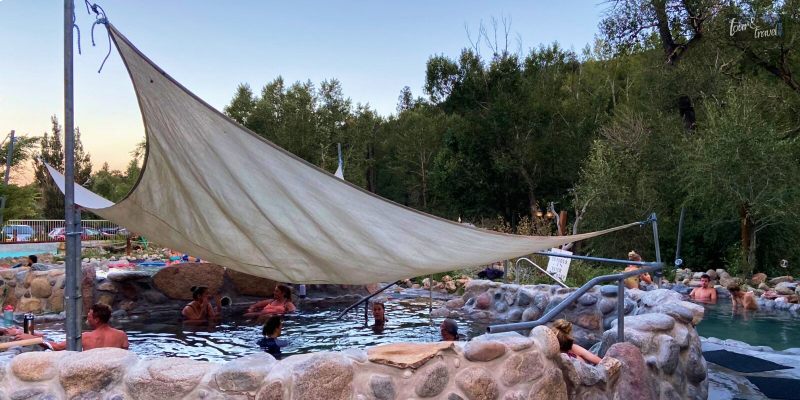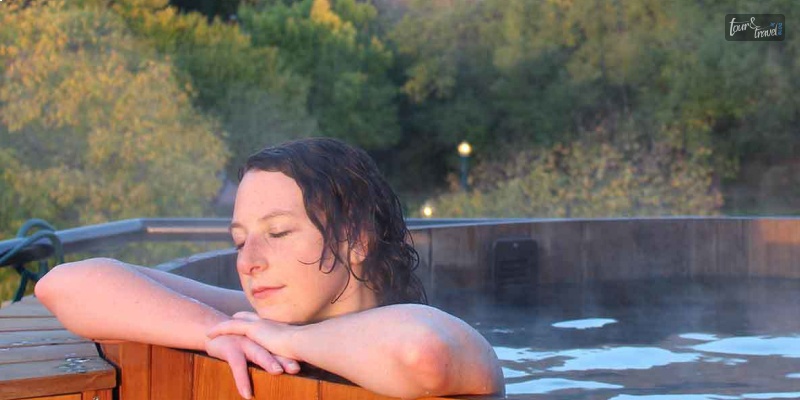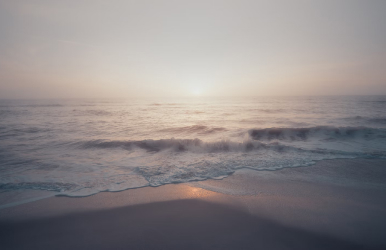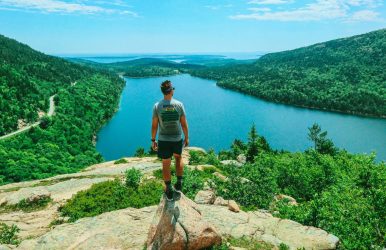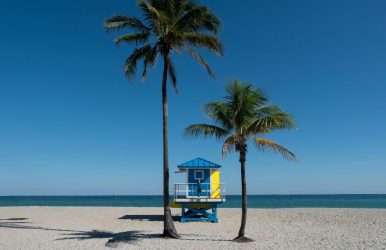Why Is Acadia National Park Special? Know The Things To Do
BY Sibashree Dec 24, 2024
Located in Maine and along the Atlantic Coastline, Acadia National Park is special because of the tallest mountains. Its rocky Alpine terrains further add to its appeal. In addition, this national park is on the east of the Mississippi River. The national park will also take you on a tour of the past. For years, New Englanders have escaped here, and today, it is the best place to learn about the wilderness of the Down East. Moreover, the Acadia National Park is the easternmost national park in The USA. It is one of the places where everyone in the country sees the sunrise first. Do you want to know more about Acadia National Park and the things to do here? Here is a Tour and Travel Guide for you. But before that, here is a sneak peek into the important details about the park. Acadia National Park Area: 49,052 acresVisitor Centers: Hulls Cove, Thompson IslandEntry Fee: $12 Per Person and $25 Per VehicleAnnual Visitors: 3.5 Million Things To Do In The Acadia National Park | You Cannot Miss These Things At The Easternmost National Park In The USA Acadia National Park is brilliant as an outdoor place across all seasons. However, June to September are the months when the national park becomes more welcoming with a moderate temperature. However, if you are adventurous enough can deal with sub-zero temperatures, December to February or the winter months are the best times to be at the park. Naturally, fewer visitors come to the park in the freezing cold. So, you will have the quietest time here. Having said that, when you visit the park under clear weather conditions, you can take part in the following activities. 1. Hiking If you have to know Acadia Park, hiking is the best outdoor pursuit for you. The hiking trails will take you along the rocky coastline, through the forests and sometimes will allow you to stand on flat mountain tops. Overall, the park has hiking trails of 150 miles. Also, the hiking trails come with various difficulty levels. So, even if you are a beginner or have a child with you, you will love the trails along the coastline. Summit HikesCoastal HikesNature HikesPrecipice LoopGreat Head Trail Jesup Path and Hemlock Path LoopGorham Mountain LoopShip Harbor Trail Schhodic Peninsula TrailsBeehive LoopBar Island Trail Jordan Cliffs Loop These are some of the prominent hiking trails found in the national park. 2. Bicycling Acadia National Park is also a paradise for cyclists. There are around 45 miles of trail to explore on a cycle. As a cyclist, you will have to share the same route with the carriages and horses. Further, only Class 1 E-bikes are allowed on the carriage roads. The Park Loop Road is the most preferred route for bicycling at the Acadia National Park. As you ride through the park, you will find beautiful scenery. However, if you are not confident enough or have the expertise, you must avoid the ride during the busiest hours of the day. The ideal time for bicycling in the park is before 10 AM and after 4 PM. Are you looking for more adventures on the bike? You can take a ride through the Western Mountain Roads. These Gravel Roads have the deepest ruts. So, you must exercise caution while biking through this route. 3. Bird Watching Acadia National Park is on Mount Desert Island, which is the “warbler capital of the world.” You will find 20 species of warblers here, and as you hike through the park or take a nature walk, you will see hundreds of warblers. Birdwatching as an outdoor activity is also important in the history of the national park. In fact, much of the park’s natural exploration has been possible thanks to birdwatching. Here, you will also find the fastest animal in the world, Peregrine Falcons. Moreover, the loons here come in different shades, and watching them in the water is the most relaxing thing to do here. 4. Stargazing Once you are done with day activities at the Acadia National Park and have the best nighttime experience here, you can try stargazing. Looking at the night sky and celestial bodies is a transformative act. Further, stargazing as an activity calms your mind and promotes spiritual elevation. The Cadillac Summit is the best place for stargazing in this national park. However, vehicles are only allowed to this stargazing space only for certain seasons. Especially, the route remains closed from 1st December to 14th April. Moreover, even during the months of October to May, the roads do not remain open after 9 PM. Other prominent places for stargazing at Acadia National Park are the sand beach, ocean path, Jordan Pond, and the seawall. You must bring a flashlight or headlight with a red light function to watch the stars in the night sky. 5. Boating With a boating permit, you can explore many lakes and ponds on Mount Desert Island. You can get motorboats, kayaks, sailboats and canoes on rent here. Further, you will find many commercial ferry services here taking you on nature cruises or whale watching trips. Along with the state regulations, you will also have to abide by the specific restrictions for each waterbody. One of the most important rules here is wearing a life vest. Nevertheless, some best places for boating in Acadia National Park are Eagle Lake, Log Pond, Echo Lake, and Jordan Pond. 6. Exploring The Historic Places Acadia National Park is the place with which people have interacted for years. So, today, Acadia National Park is like a living heritage. So, if you are interested in the history of places or human beings, the park awaits you with many prominent hotspots. The carriage roads and gatehouses here take you on a tour of the early 20th century. However, the trails here are even older, and they have been evolving since the 1800s. Moreover, memorials like the Robert Abbe Memorial Plaque, Atwater Kent Memorial Plaque, and George B. Dorr Plaque are some memorials that will take you through the pages of history. Do you want to try some more activities at Acadia National Park? You can try tide pooling and swimming. Also read Top 10 Most Popular Paraguay Food That You Must Try. Top 13+ Famous Wonders Of India That You Must Visit [Updated 2024] Top Tips For Motorbike Rental In Phuket – A Guide To Exploring The Island On Two Wheels.

